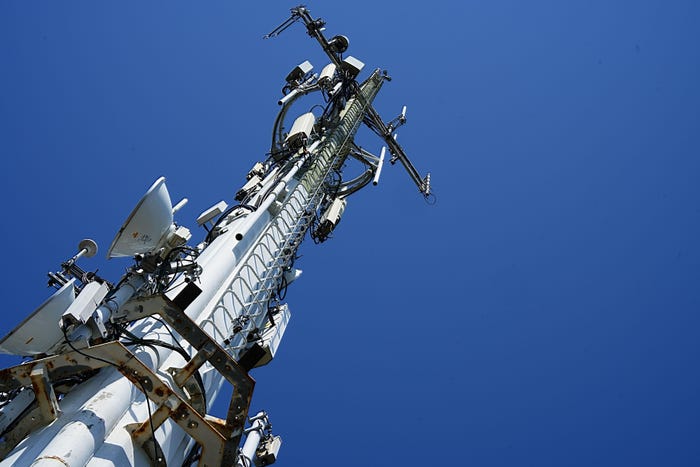China Telecom picks Hong Kong as international launching pad for direct-to-phone satellite service
Through its partnership with Hong Kong Telecom, Hutchison Telecom and SmarTone, China Telecom has made Hong Kong the first international market for its direct-to-phone satellite service.

Hong Kong has become the international launching pad for the expansion of China Telecom's direct-to-phone satellite service as the China-based operator seeks to extend its influence in satellite communication outside its domestic market.
China Telecom has teamed up with Hong Kong Telecom, Hutchison Telecom and SmarTone to roll out the new service, which allows the city's smartphone users to gain integrated satellite communication service without changing SIM cards or numbers.
The new direct-to-phone satellite service connects to China's homegrown Tiantong-1 geostationary orbit (GEO) satellite constellation to make or receive calls, as well as send and receive text messages.
The Tiantong system consists of three satellites, launched into orbit between 2016 to 2021. They cover China as well as its neighboring countries in the Western Pacific, Northeast Asia, Southeast Asian countries and the eastern Indian Ocean.
Yin Jin, CEO of China Telecom Global, said the direct-to-phone satellite service will be used for terrestrial, maritime and emergency communications in Hong Kong and Macau.
"We aim to ensure comprehensive coverage of communication services for Hong Kong residents and travelers commuting between Shenzhen, Hong Kong, Zhuhai, and Macao," he said in a press release.
Yang Lingcai, president of China Telecom's SatCom unit, said the new service will be "a new starting point to promote Tiantong's overseas operation in Hong Kong and Macao, as well as Southeast Asia, South Asia and other 'Belt and Road' countries."
Gearing up to take on the international market
China Telecom is at the cusp of taking its satellite communications services to the international market.
In March, the Chinese operator secured from the International Telecommunications Union (ITU) international codes for satellite communications (SatCom). The company clinched the E.164 code (882)52 and the E.212 code (901)09, earmarked for user dialing and network identification. This was a historical milestone for China's telecommunications industry, as it was the first time the ITU granted an international SatCom resource to China.
"We expect that this success also will enable China to expand its coverage and influence in regions that utilize China's SatCom operations, thereby fueling China's ambition to become a true leader of the global market," US-based consulting firm Pamir said in a blog in March.
Using these newly acquired international codes, the company noted that China Telecom launched an all-weather seamless SatCom service for Chinese customers via the Tiantong-1 satellites.
China Telecom reportedly will extend its SatCom service into sectors like international shipping, deep-sea fishing, aviation rescue and scientific expedition for global users within coverage of the Tiantong-1 constellation.
China Telecom anticipates having 3 million SatCom service clients by 2025.
The upswing in SatCom services in China coincides with advancements in cellular technology, allowing Chinese smartphone makers Huawei, Xiaomi, Honor and OPPO to integrate SatCom functions into their latest devices.
"With the availability of a SatCom function in domestic smartphones, Chinese industry experts believe future iPhone and other foreign-branded smartphones will have to add this function if they want to compete in the Chinese and overseas telecom markets," Pamir said.
(Update: This story has been changed to show that China Telecom is also working with HKT and Hutchison Telecom Hong Kong to roll out the new direct-to-phone satellite service.)
Read more about:
AsiaAbout the Author(s)
You May Also Like



.jpeg?width=700&auto=webp&quality=80&disable=upscale)










